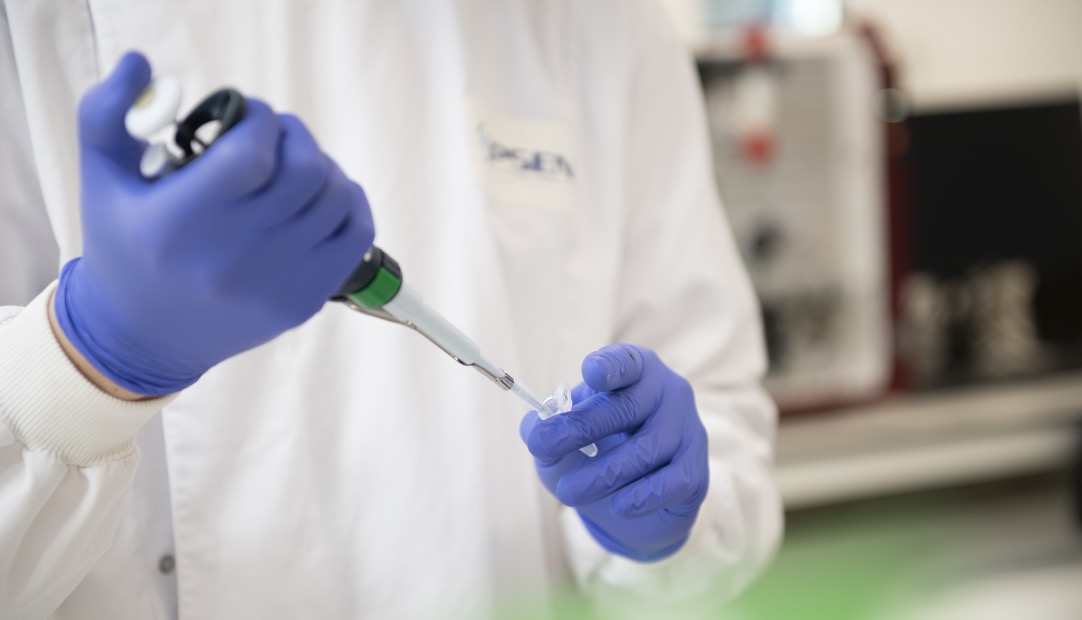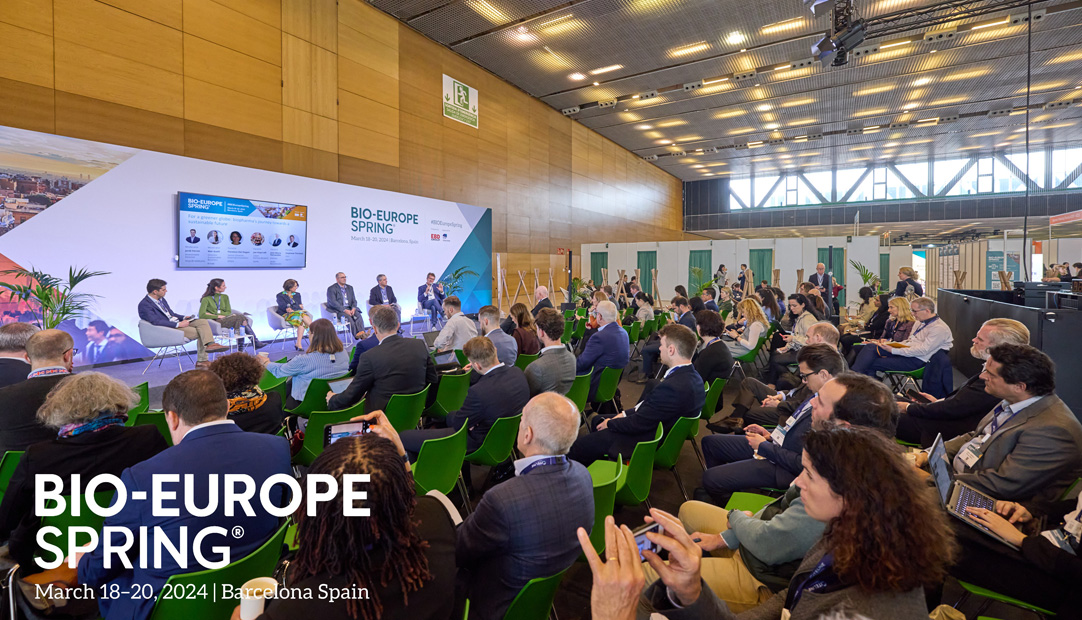Unlocking Potential Through Early-Stage Partnerships

We are pleased to share a recent conversation with Mary Jane Hinrichs, Senior Vice President, and Global Head of Early Development. Mary Jane spearheads the strategic direction and execution of early-stage programs at Ipsen, guiding them from drug candidate to first-in-human proof-of-concept clinical trials. In this interview, Mary Jane describes the crucial role that early-stage partnerships play in the pharmaceutical development process.
Hi Mary Jane! Could you shed some light on why early-stage partnerships are crucial in the pharmaceutical development process at Ipsen?
Absolutely! Early-stage partnerships are integral to building our future. These types of partnerships can be the difference between an idea, and the delivery of new therapies to patients with few of no treatment options. It’s about building a strong pipeline from the ground up and shaping the trajectory of potential new therapies. We recognize that biotechs and academic centers are the trailblazers of scientific innovation, especially when considering areas with the greatest patient need. By merging their cutting-edge research with our team’s skills and experience at an early stage, we can accelerate the delivery of new therapies to patients who might otherwise be without treatment options.
It seems like there’s an element of risk involved. How do you navigate the challenge of selecting the right medicine targets in early development?
Indeed, there’s always an element of risk, but we’re not taking shots in the dark. Our strategy involves building a balanced pipeline of best-in-class assets in proven pathways and innovative, first-in-class assets backed by strong science. Our robust, data-driven decision-making process ensures that we take risks mindfully, choosing high-potential molecules, balancing portfolio risks and collaborating with the right partners. Taking the right steps and generating the right data during early development can change the course of clinical programs to deliver the best chance of success for patients. We move forward with confidence that we are pursuing the right target, in the right patient population, and are proud to have seen low double digit attrition rate across our early development programs since 2021. There are no guarantees in science, but we continue to adopt our data-driven approach to reduce risks where we can.
Early development can be a challenging journey. How do you prepare for the unknowns when developing new therapies?
Science is a business of failure, but it is important to remember that even a negative outcome is rewriting the textbooks that will teach tomorrows scientists and guides the next door we try to open, as we look to create a new medicine. From entering clinical development to reaching commercialization, laying the right foundations through a robust early development program can significantly boost the likelihood of success. At Ipsen, our experience and heritage serve as our compass, allowing us to look ahead and foresee future challenges to help inform and validate early development strategies. By collaborating with world-class experts in the complex MAPK pathway at a critical stage—late lead optimization—we are able to propel these high potential compounds to clinical development. It’s all about having the right expertise and anticipating the twists and turns ahead.
Engaging with regulators early on sounds like a smart move. Why is that so crucial for the development process?
Absolutely. Early and transparent engagement with regulatory bodies allows us to foresee and address hurdles that often arise in the later stages of medicine development, and which can delay bringing these potential medicines to patients. As I mentioned earlier, it’s so important to be proactive and foresee potential roadblocks. In anticipation of the intricate regulatory landscape, we are proactively preparing to navigate new guidelines. Our strategy involves meticulous Phase I design to maintain a rapid execution pace while thoroughly investigating optimal doses. We have mapped out the swiftest pathways to approval submissions and scheduled early consultations with regulators upon completing dose escalation. We’re always looking to strike the right balance – navigating the complexities of development, building a solid foundation, and delivering innovative solutions with a strong evidence base, in a timely and effective manner.
If you could say one thing to a potential early-stage partner, what would it be?
I would say…Together, we can accelerate the delivery of innovative therapies to patients.







